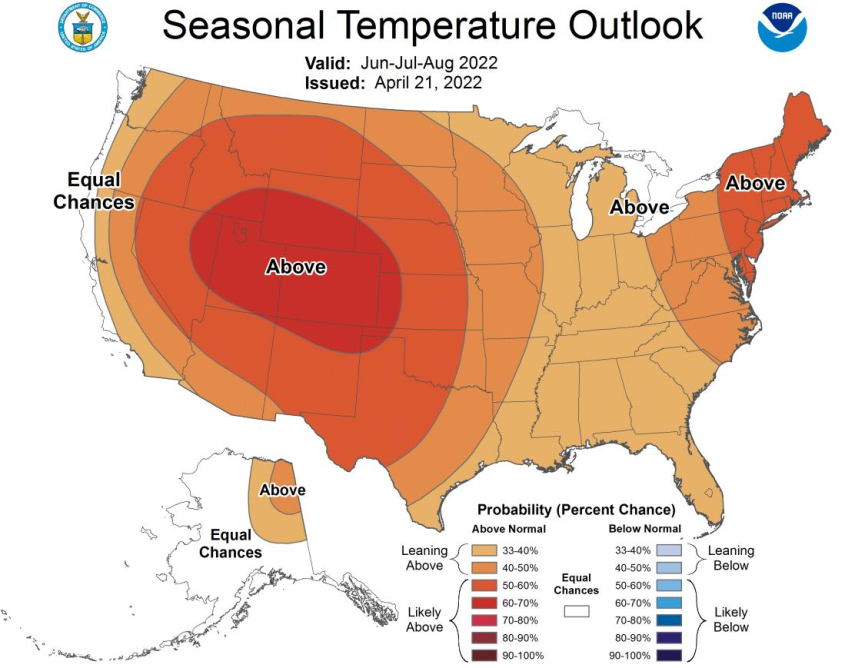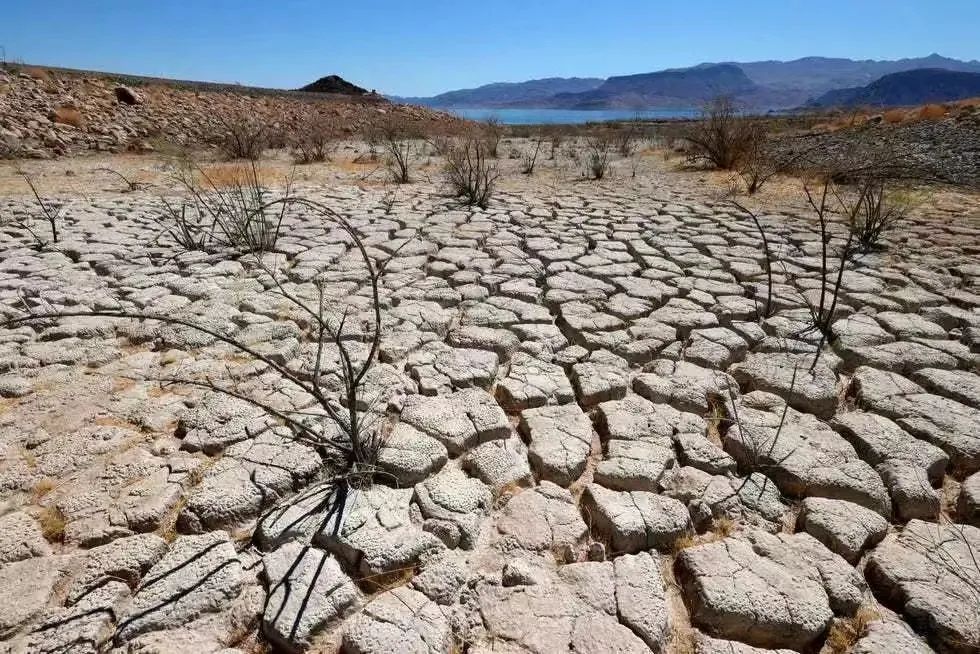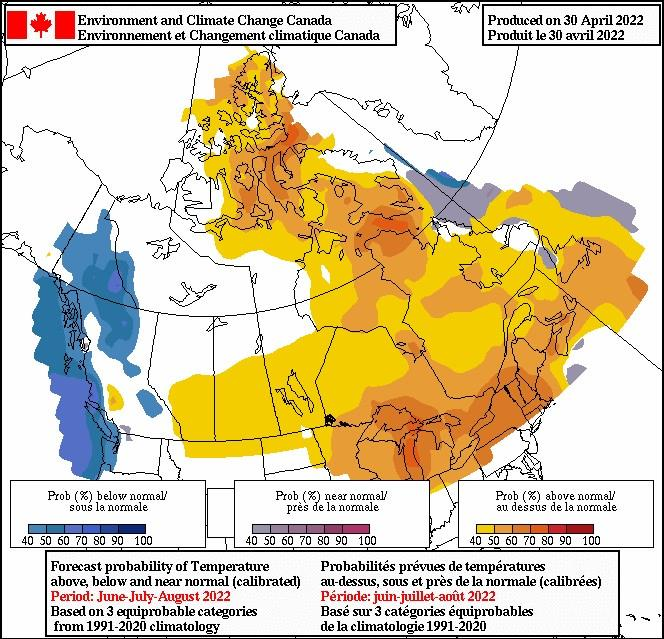Millennium drought may cause major power outages! Global food prices "high fever" chemical market may have changes!
May 29, 2024, 11:58 AM
TDD-global
6360
Recently, the representative of the United Nations Food and Agriculture Organization, Mikhalchuk, said that according to preliminary estimates of the FAO, due to the escalation of the conflict between Russia and Ukraine, Ukraine will lose 49% of the winter wheat harvest and 38% of the rye harvest, which may exacerbate the global food supply shortage. .
Recently, the representative of the United Nations Food and Agriculture Organization, Mikhalchuk, said that according to preliminary estimates of the FAO, due to the escalation of the conflict between Russia and Ukraine, Ukraine will lose 49% of the winter wheat harvest and 38% of the rye harvest, which may exacerbate the global food supply shortage. .
Sara Menker, chief executive of agricultural analytics firm Gro Intelligence, told the UN Security Council on May 23 that official government agencies around the world estimated wheat stocks at 33 percent of annual consumption, but in fact , the proportion of wheat inventories in annual consumers may only be 20%, the lowest proportion since 2007/08, and similar inventory problems also occur in other agricultural products such as corn.
Millennium rare drought may cause "blackout" in the United States!
In February 2021, a super cold snap frozen natural gas pipelines and triggered power outages for millions of homes in Texas. However, a new blackout crisis is likely to be staged again this summer, this time to face the most extreme drought in the United States in 1200 years!

Drought conditions have worsened in much of the U.S. Southwest, with more than 98 percent of the region in drought, according to the latest information from the U.S. Drought Monitor, deepening the region's water crisis and fueling record-breaking droughts in several states. wildfire. In California, perhaps the most affected state in the region, two major reservoirs have recently reached "extremely low" water levels. According to data from the U.S. Drought Monitoring Center, as of May 10, 2022, areas in the United States with abnormal drought accounted for 4.27%; areas with severe drought, extreme drought, and abnormal drought accounted for 39.76%, compared with 31.89% in the same period last year. 24.53% of the regions in Texas are exceptionally dry, compared with 7.85% in the same period last year. Severe drought, extreme drought and abnormal drought accounted for 68.09% of the total, compared with 27.69% in the same period last year. Experts warn that the United States is experiencing its worst drought in 1,200 years.
The National Oceanic and Atmospheric Administration's Climate Prediction Center said the U.S. will see extreme heat this summer, but not much rain. The agency's forecast shows above-normal temperatures from June to August for nearly the entire contiguous United States, from southern Colorado to western Texas, and throughout New Mexico.
With above-average temperatures and extremely limited soil moisture, the wildfire threat is sure to continue. The once-in-a-millennium extreme drought has never only affected hydropower, but wildfires caused by the drought have the potential to destroy power lines, according to the Drought Monitor. U.S. grid regulator NERC warns of multiple threats from wildfires, with dry weather increasing the risk of fires, smoke from fires reducing output from utility- and customer-owned solar panels, and shorting high-voltage power lines, as last year As happened in Oregon. As coal units are decommissioned and the reliability and emissions of natural gas resources come under scrutiny, grid operators are increasingly reliant on intermittent sources such as wind and solar, but wind and solar alone simply won't be able to cope with the sweltering heat ahead. It could also have deep political ramifications that could sway public support for President Biden's push to decarbonize the U.S. grid by 2035.

U.S. grid regulator NERC said extreme temperatures and prolonged drought could cause grid collapse across much of the U.S. this summer, leading to power shortages and blackouts. The risk is higher in Texas, the West Coast and the Southwest. The U.S. grid is extremely fragile, and power supply must always meet power demand, otherwise, there may be a shortage of capacity. To prevent long-term damage to the grid, Americans could face the risk of forced blackouts, known as rolling blackouts, this summer.
For Texas in particular, extreme peak demand, low wind volumes and high outage rates for thermal generators may lead system operators to use emergency procedures, including temporary manual load shedding. There is also the potential for delays in the construction of new transmission lines currently underway.
Arid conditions in the Missouri River Basin could affect the operation of Southwest Power Plant's natural gas, coal or nuclear plants, which rely on the river for cooling water. From the perspective of the U.S. power generation structure, natural gas accounts for 40% of U.S. power generation, followed by nuclear power at 20%, coal power generation at 19%, wind power at 8.3%, hydropower at 7.2%, and solar power at 7.2%. 3.3%. The demand for air-conditioning power caused by the upcoming hot summer will make the demand for electricity in the United States stronger than in previous years from June to August this year. The status of natural gas power generation will be more prominent, because the resource endowment of wind and solar power determines that it is difficult for its power generation to increase.

The contradiction between supply and demand of electricity will first push up the cost of electricity generation in the United States, and further transmit the electricity price to residents and downstream production enterprises. The US state of Texas, which is located in the powerhouse of the US energy and chemical industry, will inevitably face the upcoming high electricity prices, which will further push up the production costs of energy and chemical companies. On the other hand, the United States will further increase the demand for natural gas power generation, which will also have a certain impact on the already high natural gas. This further affects the cost of U.S. natural gas exports and the price of natural gas companions such as propane and butane.
For energy and chemical companies, the increase in electricity costs may be passed down through product price increases, but once a power outage means factories will face shutdowns and production restrictions, this will have a big impact on the U.S. energy and chemical industries. Going back in history, in February 2021, Texas saw its highest electricity demand on record amid extreme cold snaps. To prevent damage to the grid, grid operators are forced to implement rolling blackouts when Texans need it most. At the time, power problems caused major chemical companies such as BASF, Dow Chemical, Celanese, INEOS, ExxonMobil, Chevron Phillips and LyondellBasell to close their operations in Texas and Louisiana. There are many sets of installations in the state, many of which have an annual production capacity of more than one million tons. In the coming summer, the production capacity of various energy and chemical products in the United States may be reduced, and the market may experience unpredictable changes.
August 21, 2024, 2:42 PM
August 21, 2024, 2:28 PM
August 21, 2024, 2:52 PM
August 21, 2024, 2:20 PM













